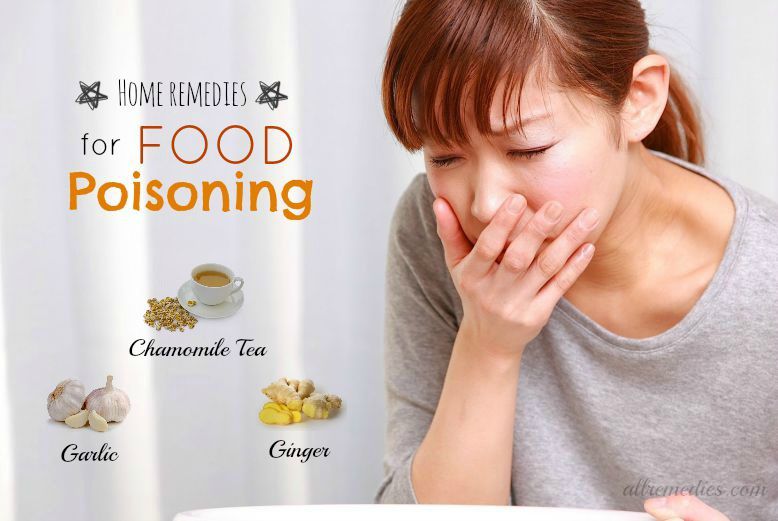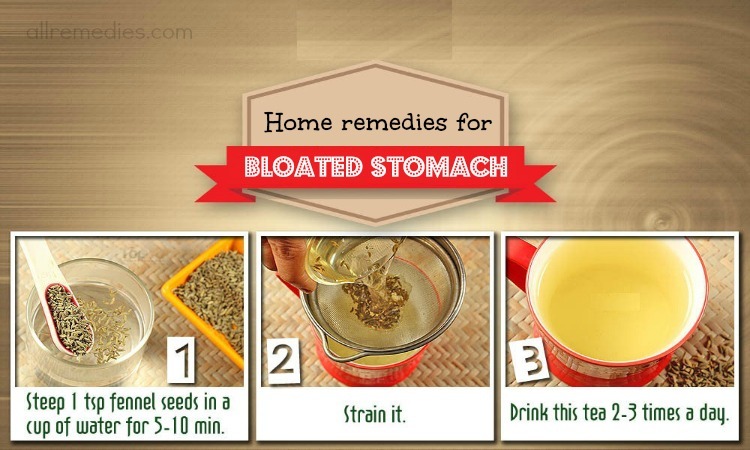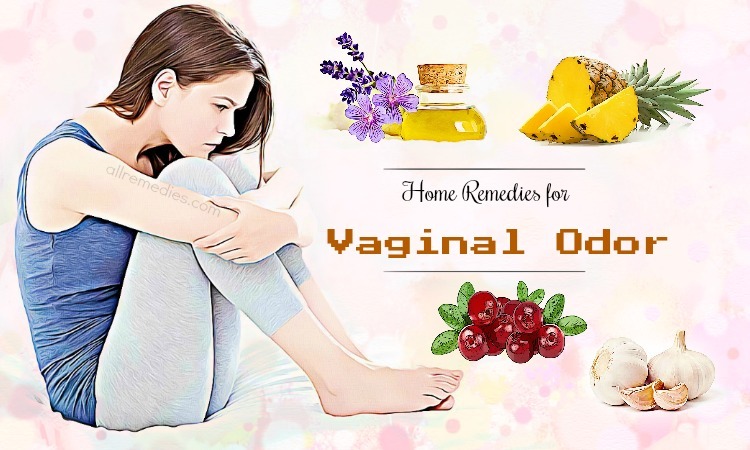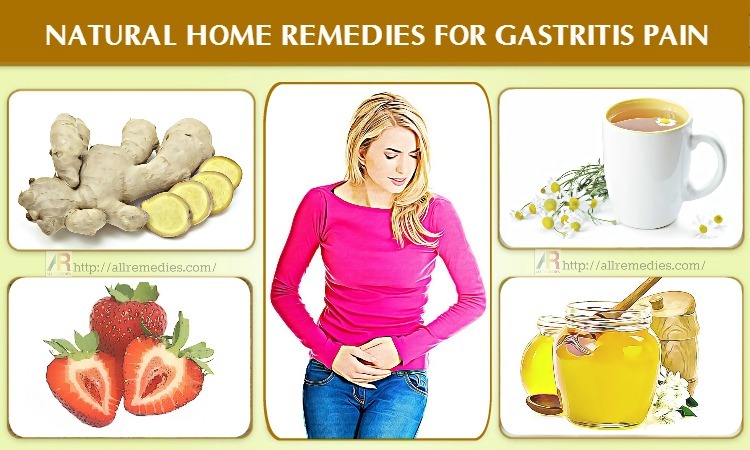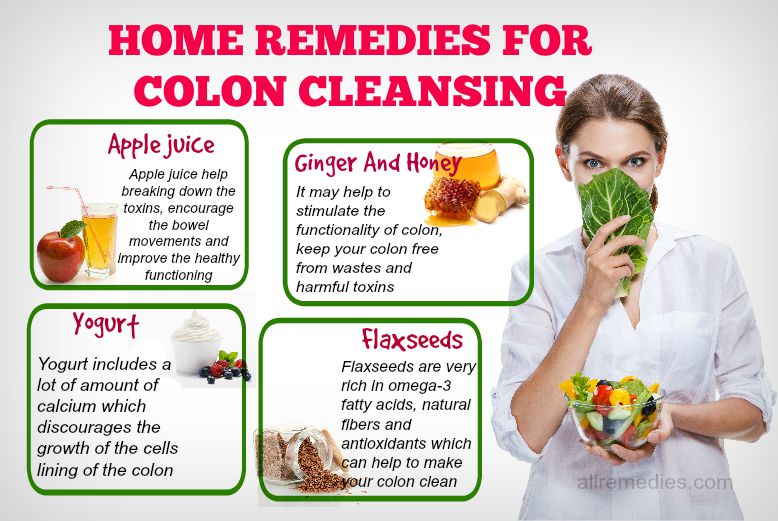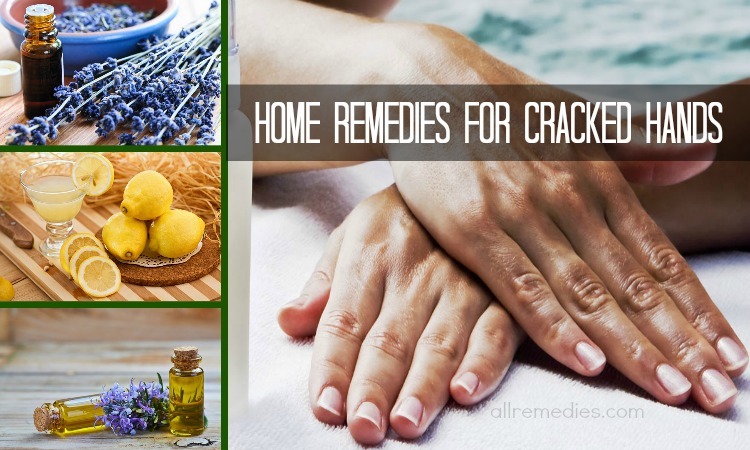
Medically reviewed by Janine Kelbach, BSN, RNC-OB
23 Home Remedies For Mastitis In Women While Breastfeeding
Updated: 6/18/2019
CONTENTS
Mastitis is a breast infection that affects breast tissue in women who are breastfeeding. Women who are in the first three months after the delivery are the most vulnerable to mastitis. This problem also occurs during the breastfeeding period. Mastitis makes women’s breast tissue inflamed and painful.
- 25 Tips on How to Reduce Breast Size Naturally Without Surgery
- 30 Top Home Remedies For Breast Enlargement In One Month
I – Symptoms Of Mastitis
Mastitis may affect one or both sides of the breast. The common signs and symptoms of mastitis include swelling, breast pain, inflammation, tenderness, redness, and warmth when you touch your breast. Some sufferers from mastitis also experience chills and fever. It also makes a breast lump appear on your breast. Many women with mastitis reported that she noticed nipple discharge that is white or has streaks of blood. Mother with mastitis always feels exhausted, which prevents her from taking care of her baby[1].
II – Causes Of Mastitis
Milk stasis, one type of mastitis, happens when the milk is built-up within the breast.
There are several causes of milk stasis, including:
- The way of a baby attaching to the breast when feeding is not proper
- Problems are sucking in a baby
- Missing feeding or infrequent feeding
- A milk duct is blocked
The infective mastitis occurs when the build-up of milk is infected with bacteria.
Mastitis affects not only breastfeeding women but also non-breastfeeding women. Non-breastfeeding women suffer from mastitis because of the breast infection due to the damage to the nipple like sore nipples, cracked nipples, or a nipple piercing.
AllRemedies Partner Solutions

Keep Asking Questions Until You Get The Answer You Need!
The Medical Experts are all here to answer your questions online or with a phone call.
III – How To Treat Mastitis In Women
Mastitis may be treated easily by making small changes to your lifestyle and applying several home remedies for mastitis.
- Drink plenty of water and have plenty of rest
- Take over-the-counter painkillers like ibuprofen or paracetamol to eliminate any fever or pain
- Avoid wearing tight-fitting clothing until you make a full recovery
- Take antibiotics
When you suffer from mastitis, you should continue breastfeeding. It does not harm your baby. There are many benefits when you feed your baby. If the breastfeeding causes a lot of pain, you can use your hand to express or use pumping to avoid the clogging of the milk ducts.
There are numerous natural home remedies for mastitis infection that may help reduce the pain and discomfort. However, if the problem lasts for a few weeks and it is too much pain, you should see a doctor. In our article today, we would like to give you some natural remedies for mastitis, which may help you get rid of the symptoms. Moreover, if you want to read more effective remedies for other diseases, please visit our Home Remedies Page.
IV – Natural Home Remedies For Mastitis Infection In Women
1. Cold And Hot Compresses
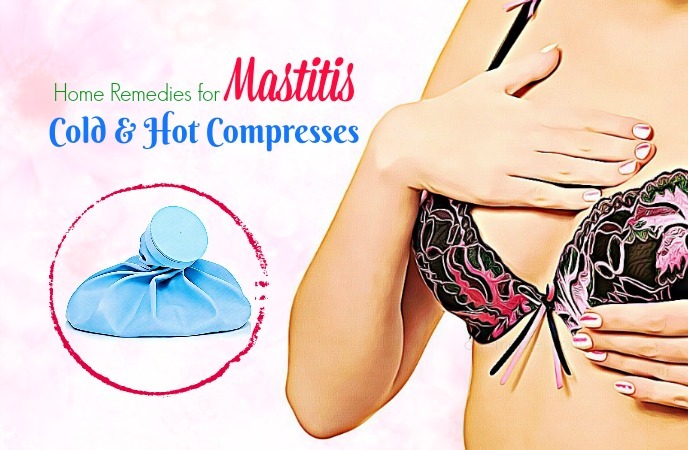
Cold and hot compresses are effective in treating mastitis. A cold compress may reduce pain and eliminate swelling. A hot compress may boost blood circulation, treat blockage, and stimulate the milk flow. It is not surprising when cold and hot compresses has become one of the natural home remedies for mastitis infection[2].
Here is the instruction:
- Wrap a thin towel around a hot water bottle to create a hot compress
- Put a few ice cubes in a thin towel and wrap it tightly to make a cold compress
- Hold the hot compress over the affected area for 15 minutes
- Hold the cold compress over the affected area for 5 minutes
- Repeat this treatment 2 or 3 times a day to get a satisfactory result
It is recommended using this remedy daily.
2. Massage
Massage is one of the natural home remedies for mastitis in women. Therefore, when you experience mastitis, you should massage your affected breast to reduce the pain and discomfort[3]. Massage may treat clogged milk ducts and reduce swelling. To get a more satisfactory result, you should massage your affected outer breast in small circles and toward the nipple. The infected area needs more pressure.
To create a massage oil, you need to mix wheat germ oil with apricot in equal quantities. Alternatively, you can mix two tablespoons of olive oil with a few drops of camphor oil. It is recommended to massage your affected breast two or three times daily if you want to see the noticeable result.
3. Echinacea
Echinacea is a wonderful herb for boosting the immune system and fighting off infections. Flavonoids present in Echinacea possesses antimicrobial, antibiotic, and anti-inflammatory properties[4]. Those are the reasons why Echinacea is considered as one of the amazing home remedies to treat mastitis[5].
Here is the instruction:
- Take some tincture of Echinacea and then apply it to the infected breast
- Repeat this treatment 4 or 5 times a week
When you feed your baby, you need to clean your breast thoroughly.
Alternatively, you can put 3 or 4 drops of Echinacea tincture into a glass of water. Consume it three times daily. After one week, you can see the noticeable result. Echinacea should not be applied or drunk in the long-term.
4. Garlic
Garlic contains antibiotic properties; therefore, it is one of the effective home remedies for mastitis infection in women while breastfeeding we would like to introduce to you in this article[6] [7].
Garlic may help you get rid of bacteria that cause the breast infection. Moreover, garlic is effective in boosting the immune system and promoting recovery.
To treat breast infection, you need to consume two raw cloves of garlic when your stomach is empty. You can eat more during the day. If you do not like the taste and smell of garlic, you can add garlic juice into a glass of plain water or orange juice and drink it. You should drink it daily for at least one week to get a satisfactory result.
Alternatively, you can take garlic supplements after consulting your doctor.
5. Apple Cider Vinegar
One of the amazing remedies for mastitis which can be done at home is apple cider vinegar. Apple cider vinegar contains anti-inflammatory and antibacterial properties that may help eliminate inflammation and soothe infection[8].
Apple cider vinegar may keep the infection from spreading. If consumed, apple cider vinegar may boost your energy.
Here is the instruction:
- Mix two parts of warm water with one part of apple cider vinegar
- Dip a cotton ball in this solution and then dab it on the affected area
- Leave it for 15 minutes
- Rinse it off with water
It is recommended repeating this treatment 2 or 3 times daily.
Alternatively, you can mix a little honey with one tablespoon of apple cider vinegar. It is advisable to drink this solution three times daily for at least two weeks.
6. Cabbage Leaves
If you are looking for amazing natural remedies for mastitis infection in women while breastfeeding which you can do at home, you should not ignore cabbage leaves. The sulfur compound present in cabbage leaves may help eliminate swelling and inflammation. Moreover, cabbage leaves may help unclog the milk ducts[2].
Here is the instruction:
- Put a few cabbage leaves in the refrigerator for about 30 minutes
- Hold the cold cabbage leaves over the affected breast
- Leave it until the leaf cools down to room temperature
- Repeat with the new cabbage leaf
This treatment should be repeated three times daily if you want to see a noticeable result.
7. Fenugreek Seeds
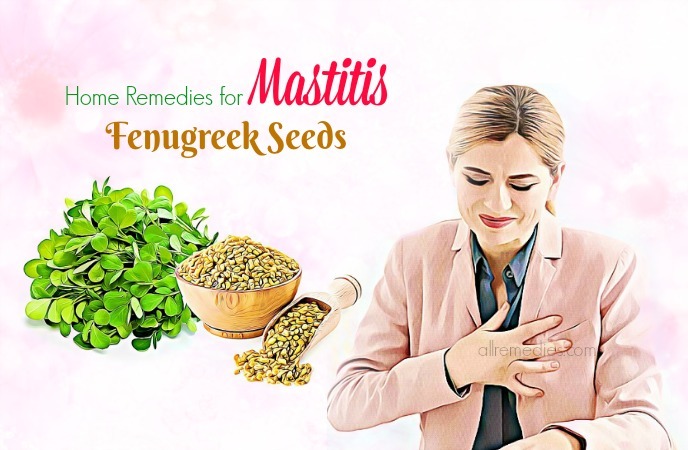
When talking about the home remedies for mastitis infection, we should mention fenugreek seeds. Fenugreek is effective in stimulating the milk-producing glands and treating breast infections[10] [11]. Flavonoids present in fenugreek seeds may eliminate infections and inflammation[12].
Here is the instruction:
- Put four tablespoons of fenugreek seeds in a cup of water
- Let it soaked overnight
- Grind those seeds to create a paste in the next morning
- Wrap this paste in a clean cloth and then put it in the microwave to warm it
- Apply this warm compress to the affected breast
- Do this remedy twice or thrice a day for at least one week to get a satisfactory result
Alternatively, you can drink two or three cups of fenugreek seeds daily until you get the best result.
8. Calendula
The use of calendula may give you significant relief from the swelling and pain caused by breast infection. Calendula contains antibacterial properties that may remove the bacteria causing the mastitis infection[13] [14].
Here is the instruction:
- Crush a few comfrey leaves and calendula flowers and then mix them to create a paste
- Put this paste in the microwave to make it warm slightly
- Apply this paste to the infected and inflamed breast
- Let it sit in the affected area for 15 minutes
- Wash it off with lukewarm water
- Follow this treatment 3 or 4 times a day
Alternatively, you can spread a calendula ointment to the infected and inflamed breast a couple of times a day.
When you feed your baby, you should use lukewarm water to wash your breast.
9. Aloe Vera
Aloe vera is well-known for its pain-relieving effects and healing powers. The use of aloe vera may give you significant relief from the discomfort and pain of breast infection[14]. [7] Aloe vera is effective in healing infected skin and repairing damaged skin tissue[15].
Here is the instruction:
- Cut an aloe vera leaf to extract the aloe vera gel
- Spread this aloe vera gel to the affected breast
- Let it dry
- Wash it off with lukewarm water
If you want to see a noticeable result, you should repeat this treatment a couple of times daily for a few days. If you want to feed your baby, you should rinse the aloe vera off.
10. Vitamin C
Vitamin C is effective in fighting breast infection, healing damaged skin tissue[16]. Furthermore, vitamin C may enhance your immune system and speed up the healing process[17].
You can eat vitamin C-rich foods such as limes, oranges, kiwis, lemons, papayas, guavas, mustard greens, kale, parsley, and broccoli.
You can take vitamin C supplements. But you need to consult a doctor before.
11. Lecithin
Lecithin may help unclog the milk ducts[18]. The lecithin is effective in decreasing the viscosity of the milk and reducing the pain caused by breast infection.
Therefore, if you suffer from mastitis infection, you should increase the lecithin intake. After consulting your doctor, you can consult lecithin supplements that can be found in the local health food store or supplement online. You can consume lecithin rich foods such as dairy products, eggs, peanuts, beef, vegetables, and fruits.
12. Potato
This food is familiar with everyone and it appears in any kitchen. We use potatoes because of not only its flavor but also its benefits on health. Potato is often used to treat skin rashes, irritation, and many skin disorders.
Potatoes contain anti-inflammatory properties which help relieve the pain caused by mastitis[19]. The enzymes found in potatoes may eliminate swelling and redness.
How to apply:
- Slice a potato into small slices
- Put those slices in water for at least 20 minutes
- Apply those wet potatoes to the affected breast
- Leave it for 20 minutes
- Remove the slices and apply the new potato slices to the affected area
- Repeat it three times for one hour
- Take the break
- Repeat the process again
If you want to get a satisfactory result, you should repeat this treatment daily.
13. Saline Rinse
The low-salt saline rinse is effective in getting rid of bacteria, eliminating the swelling, and reducing the pain[20].
To treat mastitis, you need to add half a teaspoon of salt into eight ounces of water and then use it to rinse your nipples.
14. Honey
Honey possesses a lot of health benefits and advantages. Honey is available in local stores. It is considered as one of the effective home remedies for mastitis because honey contains antibacterial properties that may help you get rid of bacteria causing mastitis[20] [21].
To reduce the pain, inflammation, and swelling of mastitis infection, you need to consume 2 or 3 teaspoons of honey a couple of times daily.
15. Probiotics
Probiotics is a wonderful remedy for mastitis you should know in this article. If you suffer from mastitis infection, you need to ask the doctor about probiotics’ dose to treat mastitis completely[22][23].
16. Proper Rest
When you suffer from mastitis, you should relax and take the proper rest to fasten the healing process. The mastitis may occur when you suffer from the stress and overwhelming chores related to your body. Therefore, when you see any symptoms of mastitis, you should take the proper rest[24].
17. Coconut Oil
Coconut oil contains antipyretic, anti-inflammatory, and analgesic properties. Furthermore, coconut oil contains acrylic acid that possesses antibacterial properties[25]. The use of coconut oil may help relieve redness, swelling, and pain of mastitis. To treat mastitis, you need to apply coconut oil to the affected area and massage it gently.
Alternatively, the consumption of coconut oil also helps. You need to take four tablespoons of coconut oil daily.
18. Pineapple
Bromelain present in pineapple is a natural anticoagulant. This enzyme has antithrombotic, anti-inflammatory, antiedematous, and fibrinolytic properties[26]. The use of pineapple may give you significant relief. Pineapple also prevents the milk ducts from clogging and reduces the pain of mastitis[27].
To get relief from symptoms of mastitis, you need to apply some pineapple to your affected breasts and massage it gently.
19. Lavender Oil
Lavender oil is often used to treat minor burns, pain, and aches. It is also useful in reducing the swelling and managing the pain of mastitis thanks to containing antioxidant, analgesic, and anti-inflammatory properties[28].
To get relief, you can apply some lavender oil to your breasts and then massage it gently. When you want to feed your baby, you should rinse off the lavender oil from your breasts.
Alternatively, you can apply the warm lavender tea bags to the affected areas.
20. Tea Tree Oil
Tea tree oil contains anti-inflammatory, antimicrobial, and several medicinal properties[29]. Therefore, tea tree oil has a lot of benefits, including treating mastitis infection[30]. You can apply undiluted tea tree oil to the infected breast and leave it for a couple of hours. Rinse it off with soap and water before feeding or pumping milk.
21. Oregano Oil
Oregano essential oil may treat mastitis because it possesses antiviral, anti-infectious, antifungal, and antibacterial properties[31]. It is also considered as an excellent immune-stimulant; therefore, it may fasten the healing process.
22. Grapefruit
Grapefruit is loaded with vitamin C that may fasten your recovery. Grapefruit may treat infection and heal the damaged skin tissue. It may enhance your immune system[32].
When we are looking for the amazing home remedies for mastitis in women while breastfeeding, you should not ignore grapefruit.
Here is the instruction:
- Peel oranges, grapefruits, lemons and mandarins
- Cut them into slices and put them in a blender
- Bend it well
- Pour the juice into a glass
- Drink 2 or 3 glasses of this juice daily until the symptoms of mastitis disappear completely.
23. Elderberry
Thanks to its antioxidants, it may boost your immune system; therefore, it fastens the healing process[33]. To get significant relief from the pain, discomfort, and other symptoms of mastitis, you can take elderberry tincture, tea, or juice.
Those are natural home remedies for mastitis in women while breastfeeding we would like to introduce to you in this article. We hope that you can find this article useful and informative. Please choose some of them and alternate them in your treating to see how effective they are.
However, all content provided is for informational & educational purposes. We recommend you consult a healthcare professional to determine which method is appropriate for you. Also, ask him for antibiotic supplements, if necessary, especially when you are in breastfeeding period.
We are welcome all your opinion and question about our topic on the comment box below today. We will answer them as soon as we can.

GET FREE ACCESS!
Lorem Ipsum has been the industry's standard dummy text ever since the 1500s, when an unknown printer took a galley of type and scrambled it to make a type specimen book. It has survived not only five centuries
Also on
JOIN THE CONVERSATION

